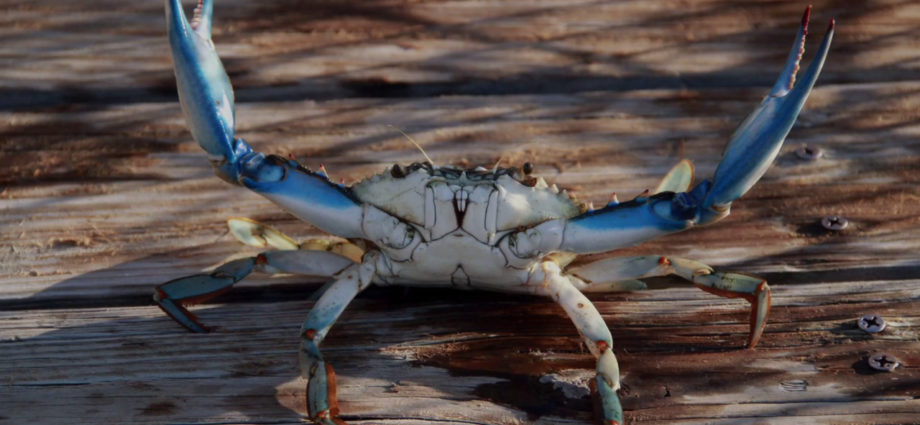While the East Coast may regard the Maryland crab as the sea’s monarchy, the rest of the country has anointed a new king: the lanky, heart-shaped Dungeness crab. We realize it’s difficult to look past its gastronomic appeals, but here are some additional interesting facts about this Pacific delicacy. Know more about Dungeness Crab legs
1. The season for Dungeness crabbing begins in the winter.
While most people associate crab with summer cookouts, Dungeness season begins in mid-November and lasts until early December. Though the season theoretically lasts until July, most crabbing occurs during the first few months (particularly in California).
2. You can capture them on your own.
According to the California Department of Fish and Wildlife, during recreational crab season (which normally begins on the first Saturday in November), you can capture and keep up to 10 Dungeness crabs every day as long as they are at least 5 34 inches wide. The majority of folks employ crab traps to bring in their catch. Just remember to bring them in from a public pier, as required by state law, unless you have a sport-fishing license.
3. They are called after the environment in which they live.
The name “Dungeness” derives from one of this species’ most productive habitats: the Dungeness Spit, a sandy strip of land in Northwest Washington. The Spit and adjacent hamlet are located in the Strait of Juan de Fuca and are named after a desert-like beach in England with the same name.
4. In the fishing sector, the Dungeness crab delivers a powerful punch.
Fishermen grabbed 53 million pounds of the salty-sweet crustacean and brought in $169 million in 2014 (the most recent year statistics are available) in California, Oregon, and Washington, where the majority of the country’s Dungeness crab originates from. Despite the fact that the season only lasts a few months out of the year, this accounts for about a quarter of the Pacific region’s fishing business.
5. The quicker and snappier, the better.
When choosing a live crab, seek one that has a spring in its step. A crab that is sluggish or immovable is typically unhealthy. Choose one that is swift, vigilant, and preferably huge (to guarantee you receive the most flesh). It is critical to handle your live crab with care once you have chosen it. Place the crab in a lidded container and keep it in a cold, damp place until ready to cook. Before cooking, properly clean the crab by removing the gills, intestines, and other undesired components. You may either steam or boil the crab to prepare it. Allow the crab to cool before splitting up the shell to reveal the juicy flesh inside. To enhance flavor, dip the meat in melted butter or a tasty sauce. Enjoy your tasty and fresh crab meal!

